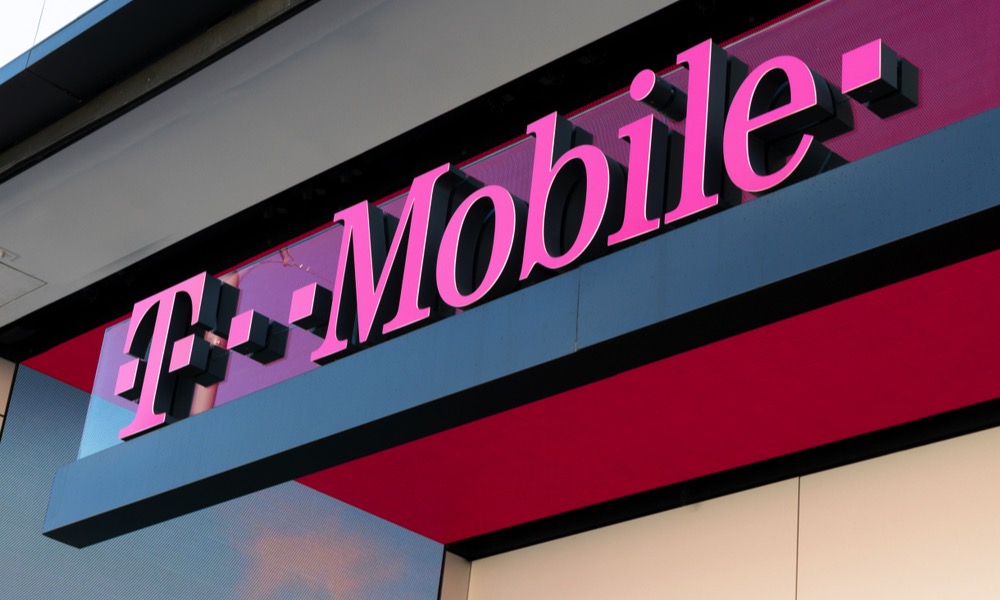T-Mobile Backs Down on Claims It Has the Most Reliable 5G Network
 Credit: Ken Wolter / Shutterstock
Credit: Ken Wolter / Shutterstock
Toggle Dark Mode
With Apple’s entire iPhone lineup now supporting 5G technology, carriers are battling for user mindshare now more than ever before, trying to convince customers to bring the new 5G iPhones to their networks by claiming superior speed, reliability, and coverage.
Of course, as with much advertising, sometimes these claims are at least a bit spurious and misleading, and earlier this year T-Mobile was called out by the National Advertising Division (NAD) after rival Verizon claimed that the “un-carrier” was exaggerating its claims about the coverage and reliability of its 5G networks.
While not all of the complaints against T-Mobile were considered valid by NAD, the key point that the agency took the greatest issue with was T-Mobile’s claim that its “5G service is generally available in locations that have traditionally been challenging for cellular service,” highlighting areas like basements and elevators where it’s often difficult to get a reliable signal.
Although the nature of T-Mobile’s 600MHz 5G signals would support that claim from a purely scientific point of view — lower-frequency signals are far better at penetrating walls and other solid objects — NAD determined that T-Mobile hadn’t provided sufficient evidence that this offered enough of a practical improvement under real-world conditions to give T-Mobile the edge over its rivals that it claimed to have in its advertising campaigns.
T-Mobile Complies
After appealing the NAD’s decision to its “higher court” — the National Advertising Review Board (NARB) — the original decision was mostly upheld, although the NARB did add one concession, noting that T-Mobile isn’t technically required to mention the speed of its network when discussing its superior coverage in broader and less specific terms.
In response, T-Mobile acknowledged that it will comply with the NARB recommendation — something that it isn’t legally required to do so — while also stating that it “appreciated that the panel agreed that T-Mobile can continue to advertise its superior 5G coverage without qualification.”
While NARB upheld the overall decision that T-Mobile couldn’t advertise its 5G network as more reliable than the competition, it did overturn the NAD recommendation that T-Mobile was required to also fully disclose the speed of its network when making more accurate reliability claims — a requirement that would have ultimately been unfavourable to T-Mobile since although it boasts the most expansive 5G coverage in the United States, it’s choice to deploy that using the 600MHz band also means that it’s among the slowest (although it’s definitely working to catch up with its rapid rollout of mid-band 2.5GHz coverage across the U.S.).
That said, T-Mobile’s compliance with the NARB’s decision means that we likely won’t be seeing any more ads showing Bill Nye talking about how 5G coverage on other carriers is no larger than a bus stop — a campaign that was very clearly a dig against Verizon and it’s much faster albeit shorter-range mmWave 5G technology, and undoubtedly what prompted Verizon’s complaint against T-Mobile in the first place.
Of course, T-Mobile didn’t mention Verizon by name, which is the only carrier in the U.S. that relies primarily on mmWave for its 5G technology, so the company was also arguably painting with an unfairly wide brush when it said “other carriers.” However, T-Mobile’s messaging was not only an exaggeration — mmWave coverage may be limited, but it’s usually confined to a typical city block for each transceiver, not a park bench, and of course multiple transceivers can easily provide more coverage — but it even pointed that out in a footnote disclaimer, noting it as a “slight exaggeration, other 5G signals can cover whole blocks.” The NAD called this out as a contradiction of the main claim, ruling that it basically counted for nothing.
In fairness to T-Mobile, it’s worth keeping in mind that the NAD and NARB are self-regulatory organizations, and companies are under absolutely no legal obligation to comply. T-Mobile is doing so voluntarily — something it hasn’t always done in the past — but it still stands out in stark contrast to AT&T’s bogus “5G E” branding, for which the rival telecom giant only partially agreed to change its marketing message, but declined to actually remove the misleading “5G E” indicator from the status bar on the iPhone and other smartphones.
Unfortunately, at this point, the 5G rollout in the U.S. still remains something of a confusing mess compared to the far more straightforward 4G LTE technology, since 5G can run across a wide range of different frequencies, all with their own pros and cons when it comes to range, speed, and reliability, so at this point it’s not all that surprising that the various carriers are jockeying to try and position their own special flavour of 5G as “the best 5G” that’s available to consumers, without really explaining why, and it will likely be some time before this settles down into more consistent and balanced messaging in carrier ads.






